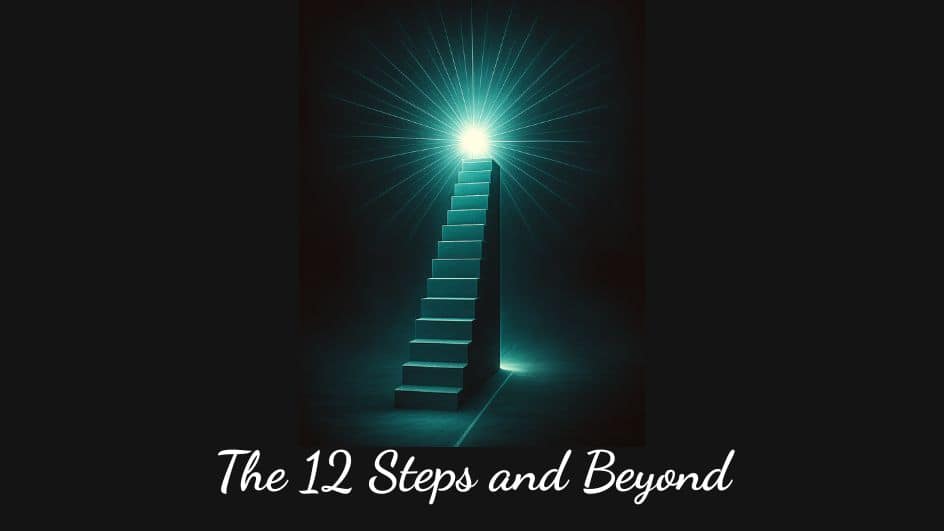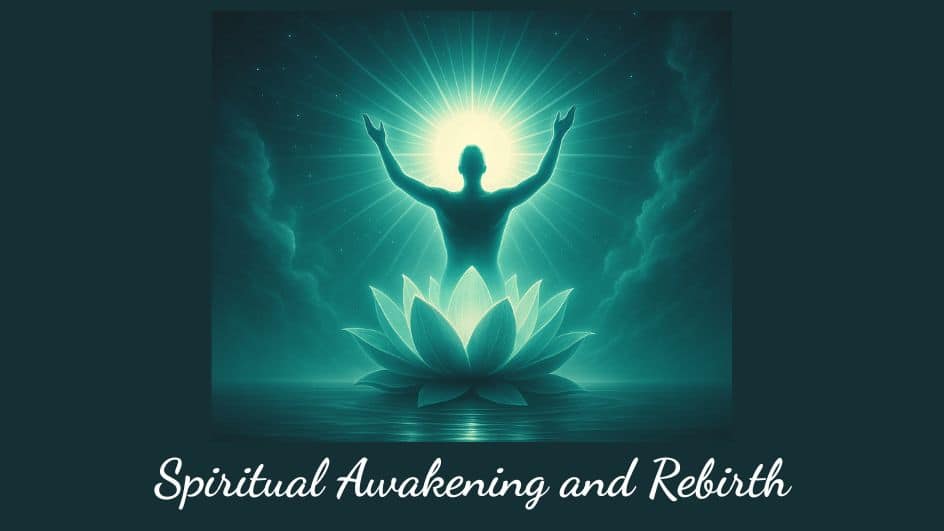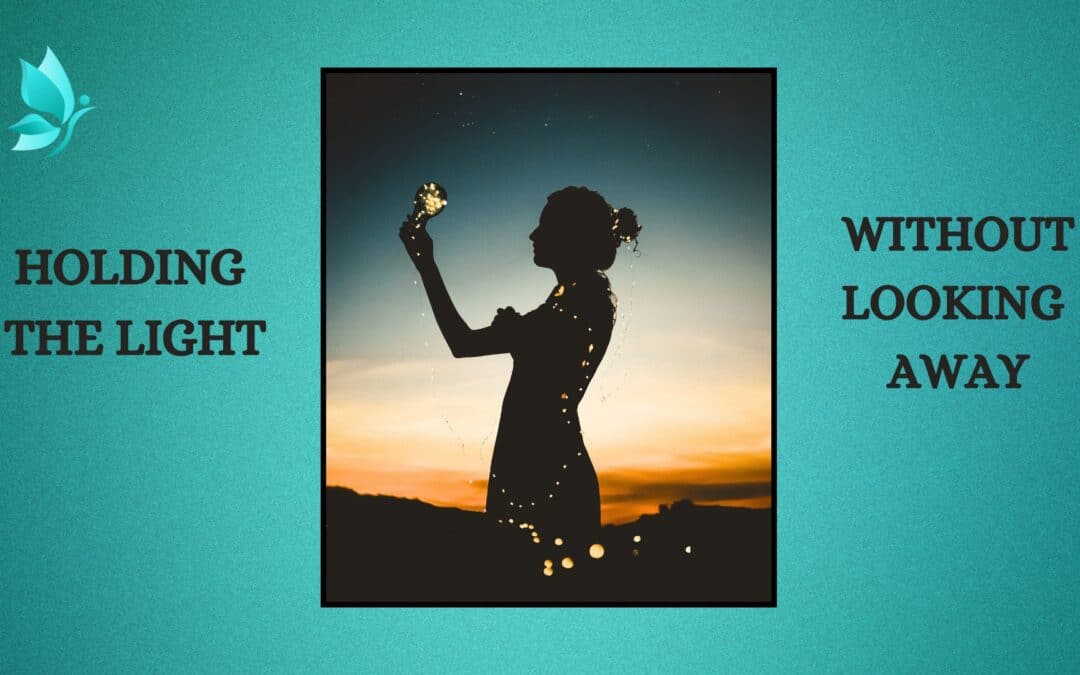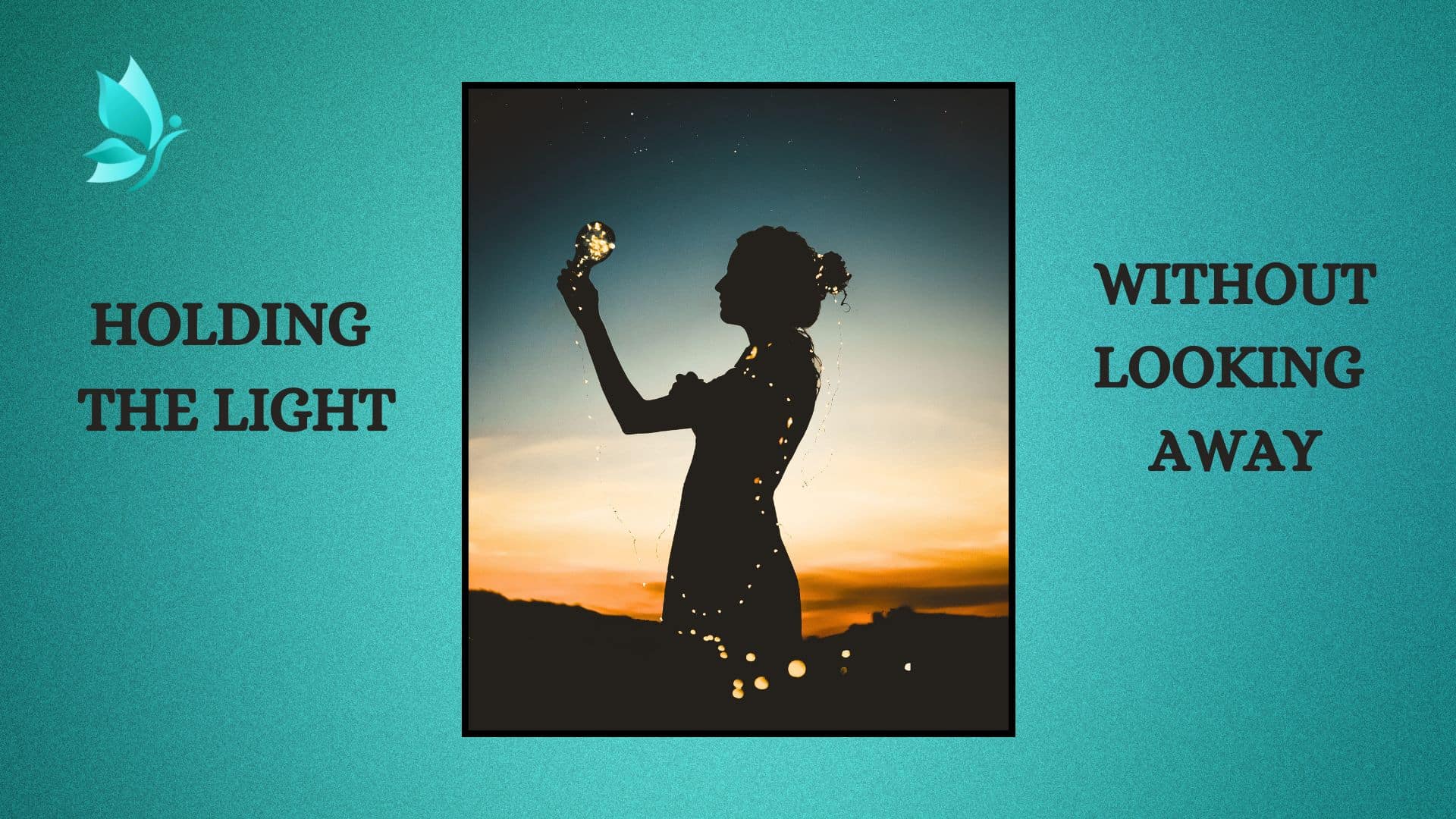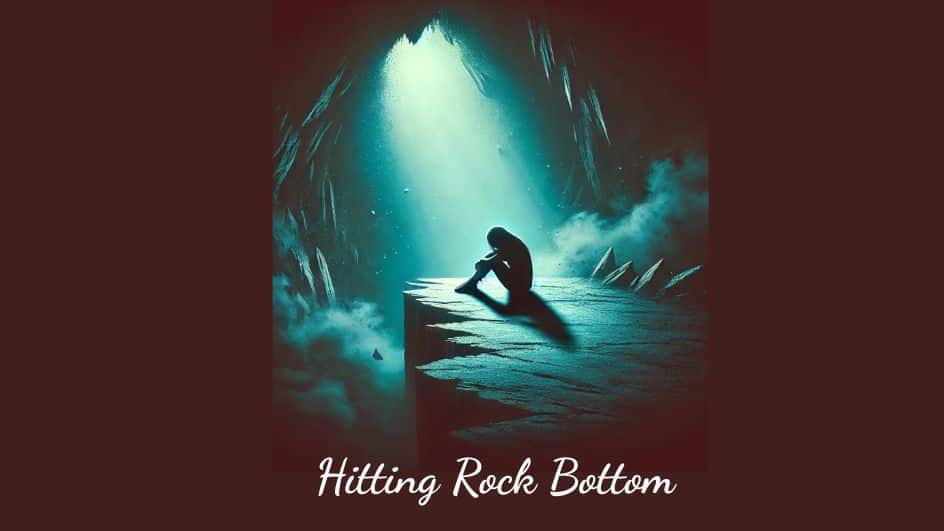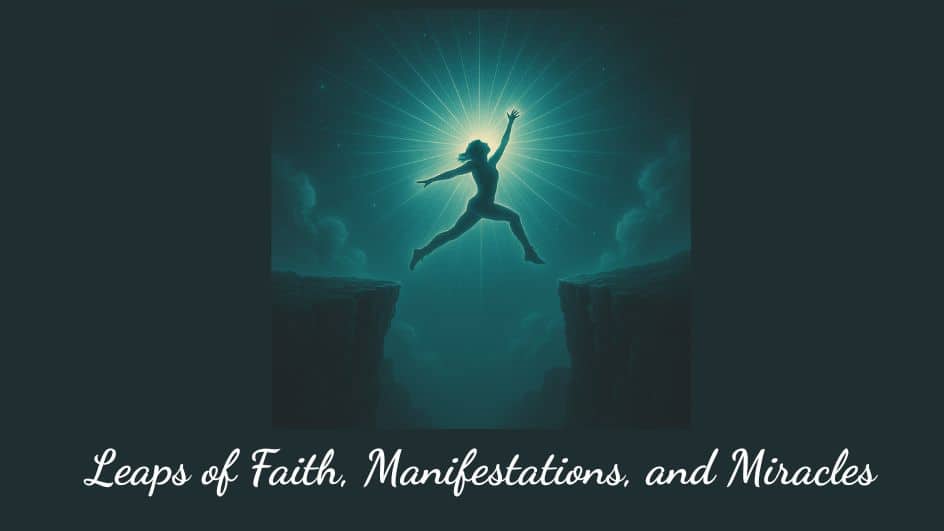
Episode 18—Leaps of Faith, Manifestations, and Miracles

Episode 18—Leaps of Faith, Manifestions, and Miracles
In Episode 18 of From the Shadow to the Light, we explore the life-changing moment I took a leap of faith despite fear and debt—and how the universe responded in ways I never expected. From manifestation and synchronicity to grief and divine signs, this episode is a powerful exploration of trusting the process, releasing control, and receiving miracles when you least expect them.
Episode Title: Leaps of Faith, Manifestations, and Miracles
Episode Number: 18
Welcome to Episode 18 of From the Shadow to the Light, where we dive into Chapter 18 of my memoir, Struck by Lightning: My Journey from the Shadow to the Light.
In this episode, I share a pivotal point in my journey—where taking a leap of faith, trusting my intuition, and embracing the unknown brought about manifestations and miracles I could never have imagined. From risking everything to join a coaching program while deep in debt, to witnessing the law of attraction unfold in stunning ways, this episode uncovers the power of trusting the process, shifting thought patterns, and letting go of control. Even in grief, I found signs of spiritual presence, reminding me that miracles often appear when we least expect them. Join me as we explore how surrendering to the unknown becomes the gateway to divine alignment and transformation.
Theme 1—The Crossroads of Change
- When have you found yourself at a crossroads, doing everything right but still not feeling fulfilled or moving forward?
- How did you respond to that moment in your life?
- Is there something you’ve been holding back from asking for out of fear of hearing ‘no’? What would happen if you gave yourself permission to ask for it today?
Theme 2—Taking the Leap of Faith
- Can you remember a moment when you were faced with a leap of faith?
- How did you feel when you took that first step into the unknown, and how did that decision change you?
- s there something in your life right now that you’re holding back from due to fear? What would it take to trust yourself and take that leap?
Theme 3—Manifestation and the Power of Thought
- What are the thoughts you’re focusing on right now? Are they aligned with abundance or scarcity?
- How might those thoughts be shaping your reality?
- Can you think of a time when shifting your mindset significantly changed your life?
Theme 4—Synchronistic Events and Letting Go
- Is there a situation in your life where you’re trying to control the outcome?
- What might happen if you let go and trusted the process instead?
- Have you experienced a time when things didn’t go as planned but worked out even better than you imagined?
Theme 5—Finding Faith in Grief
- Think about a time when grief felt overwhelming for you.
- How did you find comfort or connection during that time?
- Is there a way that grief has strengthened your faith or your connection to a higher power?
Conclusion
As we close Episode 18, we’ve explored the profound moments when life asks us to take a leap of faith, trust in the unseen, and allow the universe to work its magic in ways we never could have imagined. Whether it was trusting an intuitive nudge despite financial risks, embracing the power of thought to manifest abundance, or learning to let go of the need to control outcomes, each step in this journey brought its own powerful lesson.
Today, we were reminded how deeply connected we are to the energy around us. The law of attraction, synchronistic events, and even moments of unexpected miracles show us that when we align ourselves with intention, the universe responds. But, perhaps more importantly, we’ve also seen how letting go—releasing the need to dictate how and when things should unfold—opens the door for even more significant outcomes than we could have planned.
We’ve also touched on the role of grief as a powerful teacher, showing us that even in moments of deep sorrow, there is faith to be found. As hard as it is, grief can be the space where we reconnect with our higher power, the universe, or those we’ve lost. It’s a reminder that Light is always waiting for us through the darkness if we are open to receiving it. Whether it’s a penny from heaven or an unexpected message of comfort, these moments help us find our way forward when we feel lost.
Life’s journey is filled with moments like these—moments when we take a leap, surrender control, and discover the power of trusting the process.
Thank you for joining me on today’s From the Shadow to the Light podcast. As we prepare for our next episode, “Letting Go of Limiting Beliefs,” we’ll explore how limiting beliefs become truths, how smashing those beliefs allows time to speed up, and much more. I look forward to having you with me on the next step of our journey together.

